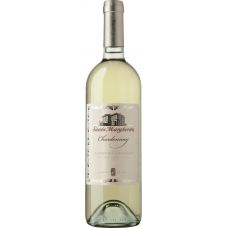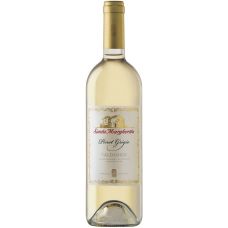Trentino-Alto Adige is situated in the northeastern corner of Italy and combines two autonomous provinces, each with distinct climates The southern Trentino, bordering Lake Garda and the Veneto, is more Mediterranean in climate and Italian in character, while to the north, Alto Adige (Südtirol) is more like the Mosel region of Germany—and very continental in climate Bordering Switzerland and Austria, the region has a closer historical relationship with Germanic peoples and provinces Today, both Italian and German are official languages; because of this, many grape varieties and wine labels have two names, one in each language.
Winegrowing in Trentino stretches back to the 6th century BC, as is evidenced by an Etruscan copper bucket with a depiction of Bacchus Winegrowing traditions continued through the Middle Ages and beyond, many of the winegrowing practices were codified by Augustan monks of the abbey of San Michele all’Adige The story goes that before 1550 this region lacked any culinary specialties; it was enough to have food—period—in this cruel, cold climate Why the turning point? The year 1550 was the year that the Council of Trent assembled in the region as a response to the theological challenges set forth by the Protestant Reformation.
Naturally, every prelate of the Church brought with them their retinue of able cooks, and the art of regional cooking was born, not to mention the boost given to winemaking! The broad range of wines shows well with a variety of foods Wursts, cabbages, sauerkraut (crauti), potatoes, rye bread and dumplings (knodeln or canderli) share the table with pizza, pastas and polenta dishes which often take on more Alpine characteristics with the addition of butter, cheeses, game and wild mushrooms The pride of the region is ‘speck’, a thick-sliced, boned pork flank that is aged and smoked Trentino-Alto Adige is also a leading producer of apples which are used in strudels and fritters known as apfelküchel.
.
- 750ml
- 375ml -750ml - 1.5 L - 3.0 L


